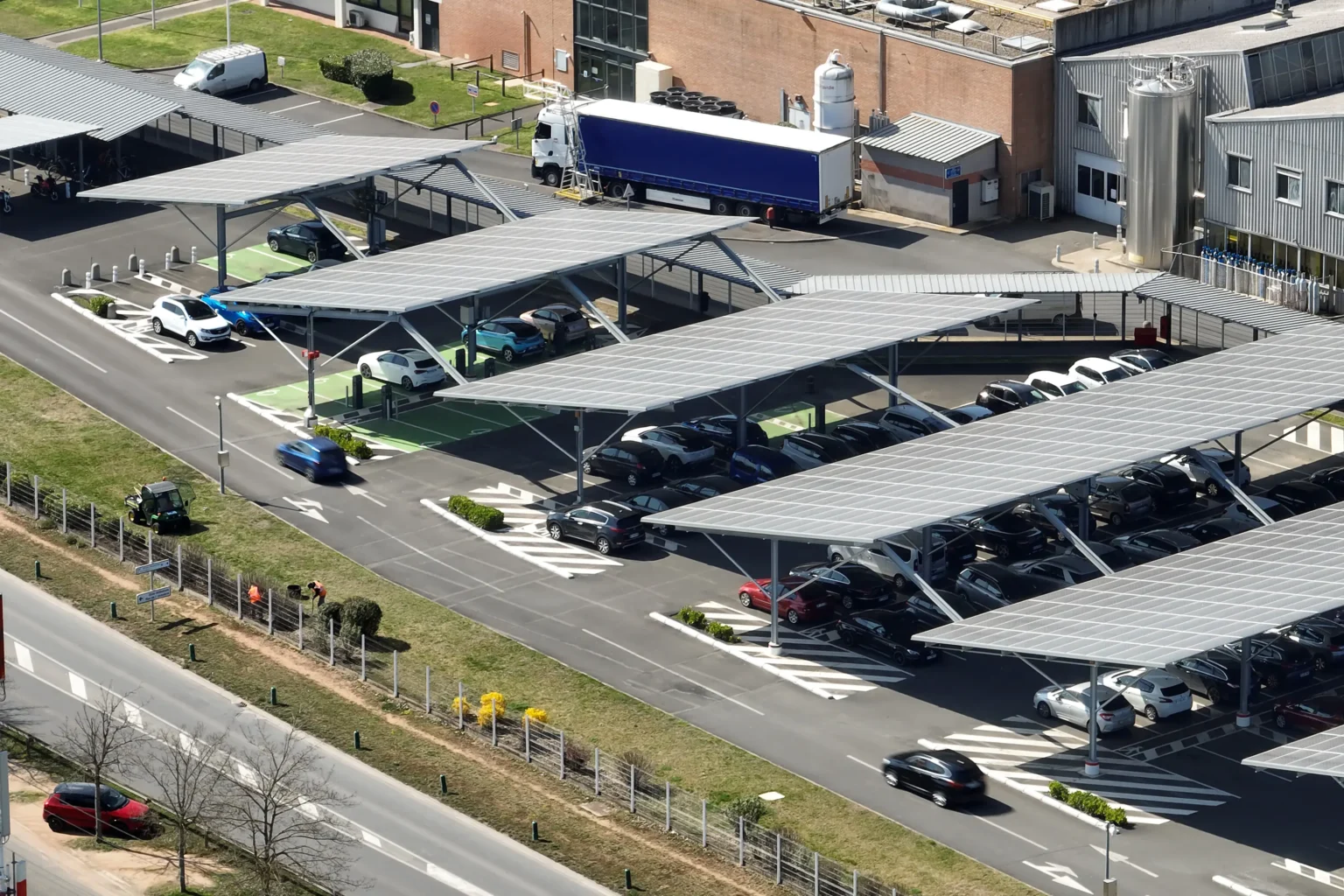The new Government is clearing the way for more EV charge points to be built around the country. It is working with stakeholders to streamline planning and connection processes where possible, and is considering more fundamental reform, including looking at rules around motorway consents and gaining landowner permissions for development.
Current concerns include complexity in using charge points, with operators having different ways to pay; pricing being unclear or unduly expensive; and malfunctioning or inoperative charge points but new regulation is changing all that.
What does the new regulation demand?
The new Public Charge Point Regulations legislation were passed in August 2023 and came into force on the 24 November 2023. This Office for Zero Emission Vehicles’ (OZEV) regulatory intervention will help assure users of a more reliable charge point services although it’s early days as many of its requirements only came fully into force from 24th November 2024 but early signs are positive.
One of these regulations, the Pricing Metric (providing clear information on cost before starting a new charging session) went live on 24th November 2023, while Charge Point Operators (CPOs) were given a year to provide open data, contactless payments and a free 24/7 helpline. So, as of 24th November 2024 the rapid charger network will need to achieve, on average of 99% reliability. From 24th November 2025 consumers will be able to pay through at least one roaming provider. And if the CPOs don’t meet these mandated targets there are some hefty financial penalties dished out by the Office for Product Safety and Standards (OPSS), part of the Department for Business and Trade.
Project Better Energy can help you navigate all of this regulation to make sure you have fully compliant charge points. This new regulations refers to ‘public charge points’ and ‘rapid charge points’, so let’s start by defining these terms:
Public charge points include: -Charge points with restricted access during specific hours
-Charge points located in public car parks, regardless of whether the car park is open to everyone or limited to paying customers.
Public charge points do not include: -Workplace charge points meant solely for use by employees, contractors and workplace visitors (excluding individuals intending to make purchases).
-Charge points restricted for exclusive use by specific vehicle manufacturers, specific occupations, or residents and visitors of residential premises.
It’s worth noting that some regulations apply differently depending on the type of public charge point, which fall into three categories: -All public charge points, regardless of their power levels
-Public charge points with a power of 8 kilowatts (kW) or above
-Public charge points with a power of 50 kilowatts (kW) or above, known as Rapid charge points.
That said, drivers with disabilities have been left behind in the rollout to date. Many charge points – and their surrounding environments – have features that make them inaccessible. These include charge points placed on kerbs, with nearby obstructions, or charging spaces being spaced too closely together, presenting difficulties for wheelchair users.
The Department for Transport (DfT) said in its 2018 inclusive transport strategy that the Equality Act 2010 was applicable to the provision of charge points, and co-sponsored the creation of a standard which specifies minimum requirements for charge point accessibility. However, industry and local authorities have reported further clarity is needed on compliance with this standard, and DfT has established a technical group to address these issues.
Gareth Davies, head of the National Audit Office (NAO), said: “Government’s estimate of the 300,000 public electric vehicle charge points needed by 2030 appears achievable, although there is more to do to ensure adequate coverage in all parts of the country. Government is using regulation to improve the user experience of public charge points and needs to address access for people with disabilities.”
The EV Association (EVA) England said the findings were encouraging but added that more clearly needs to be done to address regional disparities. A spokesperson for EVA England, said: “A perceived lack of access to reliable charging is a major barrier to uptake and is impacting the day-to-day experience of EV drivers. EVA England’s latest survey, for instance, has found drivers without consistent access to charging are less confident and more concerned over charging costs, compared to those with direct means of charging at home.”
The AA also welcomed progress in important infrastructure developments but also said communities must not be left behind. Edmund King, AA president, said: “The NAO is right to point out that Northern and rural areas are not seeing installations at the same rate as the South. Similarly, we must ensure that the major A-road network can provide regular charging points."
“To provide confidence to drivers now and in the future, it is crucial that all road users, including those with mobility issues, can use public chargers easily. That means ensuring step-free access to the charger, plugs and cables which are light enough for people to use and, vitally, ease of payment. We are optimistic that the charge point operators, DfT, local authorities and communities can continue their positive work and reach the 2030 target.”
Over the past couple of years there has been a significant increase in the number of charge points available to EV drivers, particularly the ultra-rapid chargers and charging hubs to support EV drivers on longer journeys. These are increasingly well-spread across the country too.
However, the slower local chargers, important for drivers who can’t charge at home, is where the South of England geographical concentration is clearest. Having access to charging at a local level is essential for an equitable transition to electric vehicles and the Local EV Infrastructure (LEVI) Fund has been put in place to help deliver this.
The LEVI Fund supports local authorities in England to plan and deliver charging infrastructure for residents without off-street parking. The LEVI fund comprises: -capital funding to support charge point delivery
-capability funding to ensure that local authorities have the staff and capability to plan and deliver charging infrastructure
Recent Which? commissioned research reveals that only 43% of rural consumers intend to or would consider buying an EV as their next vehicle, compared to 52% in urban areas, with those in more remote areas concerned about EV’s range, reliability and breakdown assistance. There is a great deal of charge point capacity still to build.
The availability of public charge points is still clearly a barrier to purchasing EVs. This is a barrier that Project Better Energy wants to play its part in eliminating over the next few years - working with our customers.













